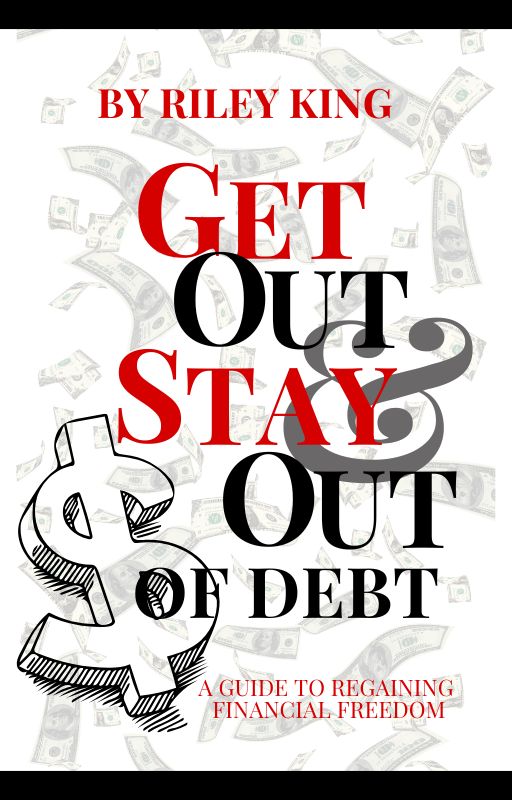How to Build an Emergency Fund: Strategies for Financial Security

Disclaimer: This post may contain affiliate links. If you click on a link and make a purchase, I may earn a small commission at no extra cost to you. I am not a financial planner, and the information here is for informational purposes only, It should not be considered financial advice. Always consult with a licensed financial professional for advice specific to your situation. For more details, please review my Disclaimer, Privacy Policy, and , Terms & Conditions.
Why You Need an Emergency Fund
An emergency fund is your financial safety net. It protects you from unexpected expenses like car repairs, medical bills, or sudden job loss. Without one, you may find yourself turning to credit cards or loans, which can lead to long-term debt. Building this fund quickly can bring peace of mind and financial stability.
Step 1: Set a Realistic Goal
Before you start saving, set a clear and realistic goal. Experts recommend having at least three to six months’ worth of living expenses saved up. Begin with a smaller milestone, like $1,000, and build from there.
Step 2: Track Your Expenses
To save effectively, you need to understand your spending habits. Use budgeting apps or a simple spreadsheet to track your income and expenses. This visibility helps you identify areas where you can cut back.
Step 3: Automate Your Savings
Automation is your best friend when it comes to saving money. Set up automatic transfers from your checking to your savings account each payday. This way, you save before you have the chance to spend.
Step 4: Cut Unnecessary Expenses
Look for non-essential expenses you can trim. Consider dining out less, canceling unused subscriptions, or switching to a cheaper phone plan. These small changes can add up quickly.
Step 5: Find Additional Income Streams
Boosting your income can accelerate your savings. Consider starting a side hustle, freelancing, or selling unused items online. Even a few extra hundred dollars a month can make a significant impact.
Step 6: Store Your Fund in the Right Place
Keep your emergency fund accessible but separate from your daily spending money. A high-yield savings account is ideal for this purpose. You can compare the best options here.
Step 7: Review and Adjust Regularly
Your financial situation may change, so it’s important to review your emergency fund strategy regularly. Adjust your contributions if you get a raise or face unexpected expenses.
Final Thoughts
Building an emergency fund fast requires discipline, strategy, and sometimes a bit of sacrifice. However, the peace of mind and financial security it brings are well worth the effort. Start today and take the first step toward greater financial stability.
*Affiliate links are included in this post. I may earn a commission if you click through and make a purchase, at no additional cost to you.

